Open‑Angle Glaucoma is a chronic eye disease that gradually damages the optic nerve due to elevated intraocular pressure (IOP). The pressure builds because fluid drains poorly through the trabecular meshwork, leading to peripheral visual field loss and, if untreated, irreversible blindness.
What is Open‑Angle Glaucoma?
Unlike angle‑closure glaucoma, the drainage angle in open‑angle glaucoma stays physically open; the problem lies in the microscopic pores that become clogged. The disease is painless, so many people discover it only during a routine eye exam. According to the World Health Organization, over 70 million people worldwide live with some form of glaucoma, and open‑angle accounts for roughly 90% of those cases.
How Eye Injuries Impact Glaucoma Risk
Traumatic events-like a hard baseball hit, a chemical splash, or a foreign body lodged in the cornea-can raise IOP abruptly. This spike may damage the optic nerve fibers that are already vulnerable in glaucoma patients. Studies from the American Academy of Ophthalmology show that ocular trauma increases the odds of developing open‑angle glaucoma by 1.8times within five years, especially when the injury involves the anterior chamber.
Key Risk Factors & Early Warning Signs
- Intraocular Pressure (IOP) - Normal range is 10‑21mmHg; sustained readings above 22mmHg signal danger.
- Family History - First‑degree relatives double the risk.
- Age over 60 - Age‑related changes narrow the trabecular meshwork.
- Ethnicity - People of African descent experience faster progression.
- Repeated ocular trauma - Even minor blunt force can trigger pressure spikes.
Early signs include peripheral vision blurring, halos around lights, and subtle eye pain after sports. If you notice any of these, book an eye exam ASAP.
Proven Strategies to Protect Your Vision
Regular Eye Exams & Monitoring IOP
Comprehensive eye exams should include tonometry (to measure IOP), pachymetry (corneal thickness), and optic‑nerve imaging. The American Optometric Association recommends annual checks for anyone over 40, and every six months for diagnosed glaucoma patients.
Medication & Laser Treatments
First‑line therapy often involves prostaglandin analogs - eye drops that increase fluid outflow. Common brands lower IOP by 25‑30% with once‑daily dosing. If drops aren’t enough, laser trabeculoplasty offers a non‑invasive way to open the drainage channels, achieving pressure reductions comparable to medication but with a single office visit.
Lifestyle & Nutrition
Regular aerobic exercise can modestly lower IOP (about 2‑3mmHg). Diets rich in leafy greens (high in lutein and zeaxanthin) support retinal health. Avoid smoking and limit caffeine, as both can cause temporary pressure spikes.
Protective Gear for Trauma Prevention
When engaging in high‑risk activities-basketball, woodworking, or cycling-wear protective eyewear that meets ANSI Z87.1 standards. Polycarbonate lenses block UV rays, reduce impact force, and are lightweight enough for daily wear. Studies show that consistent use of certified eyewear cuts the incidence of serious ocular trauma by up to 55%.

Comparison of Treatment & Prevention Options
| Option | Effectiveness (IOP reduction) | Invasiveness | Typical Cost (CAD) |
|---|---|---|---|
| Prostaglandin analog eye drops | 25‑30% | Non‑invasive (topical) | $30‑$120 per month |
| Laser trabeculoplasty | 20‑25% | Minimally invasive (office procedure) | $600‑$1,200 (one‑time) |
| Protective eyewear (ANSI‑certified) | Prevention (no direct IOP change) | Non‑invasive | $25‑$150 (one‑time) |
| Regular aerobic exercise | ~2mmHg reduction | Non‑invasive | Free to low‑cost (gym membership) |
Related Concepts and Next Topics
Understanding visual field testing - a key tool for tracking glaucomatous damage. complements IOP measurements and helps decide when to intensify treatment. You might also explore angle‑closure glaucoma, a different form that requires distinct management. For readers interested in the broader picture, the next logical steps are:
- "How to Read Your Glaucoma Test Results" - decoding OCT and visual field charts.
- "Nutrition for Healthy Eyes" - foods and supplements that protect retinal cells.
- "Choosing the Right Eyewear for Sports" - comparing polycarbonate vs. glass lenses.
Quick Checklist for Daily Vision Protection
- Schedule an eye exam at least once a year (every six months if diagnosed).
- Measure IOP if you have risk factors; aim for ≤21mmHg.
- Take prescribed prostaglandin analogs exactly as directed.
- Consider laser trabeculoplasty if drops alone aren’t enough.
- Wear ANSI‑certified protective eyewear during any high‑impact activity.
- Exercise 30 minutes most days; include cardio to modestly lower pressure.
- Eat leafy greens, fish rich in omega‑3s, and stay hydrated.
Frequently Asked Questions
Can a single eye injury trigger glaucoma?
A severe blunt‑force injury can cause a sudden rise in intraocular pressure that, if untreated, may damage the optic nerve and accelerate glaucoma progression. Minor scratches usually don’t have that effect, but any significant trauma warrants an immediate eye‑pressure check.
How often should I have my IOP measured?
If you have no glaucoma risk factors, an annual check is sufficient. Once diagnosed, most specialists recommend every 3-6months, or more often if treatment changes.
Are prostaglandin eye drops safe for long‑term use?
Yes. Over two decades of clinical data show they remain effective and have a favorable safety profile. Some users experience mild eyelash growth or darkening of the iris, but serious side effects are rare.
What’s the difference between laser trabeculoplasty and surgery?
Laser trabeculoplasty uses a focused light beam to improve fluid outflow without incisions, while glaucoma surgery (like trabeculectomy) creates a new drainage pathway through a small cut. Laser is less invasive, has quicker recovery, and is usually tried first.
Do sunglasses really help prevent glaucoma?
Sunglasses protect against UV‑induced damage to the retina and lens, which indirectly supports overall eye health. They don’t lower IOP, but reducing UV exposure helps prevent secondary eye conditions that could complicate glaucoma management.
Can I exercise if I have glaucoma?
Absolutely. Moderate aerobic activities like walking, swimming, or cycling are encouraged because they can modestly lower IOP. Avoid heavy weight‑lifting or yoga poses that place the head below the heart, as those can increase pressure temporarily.
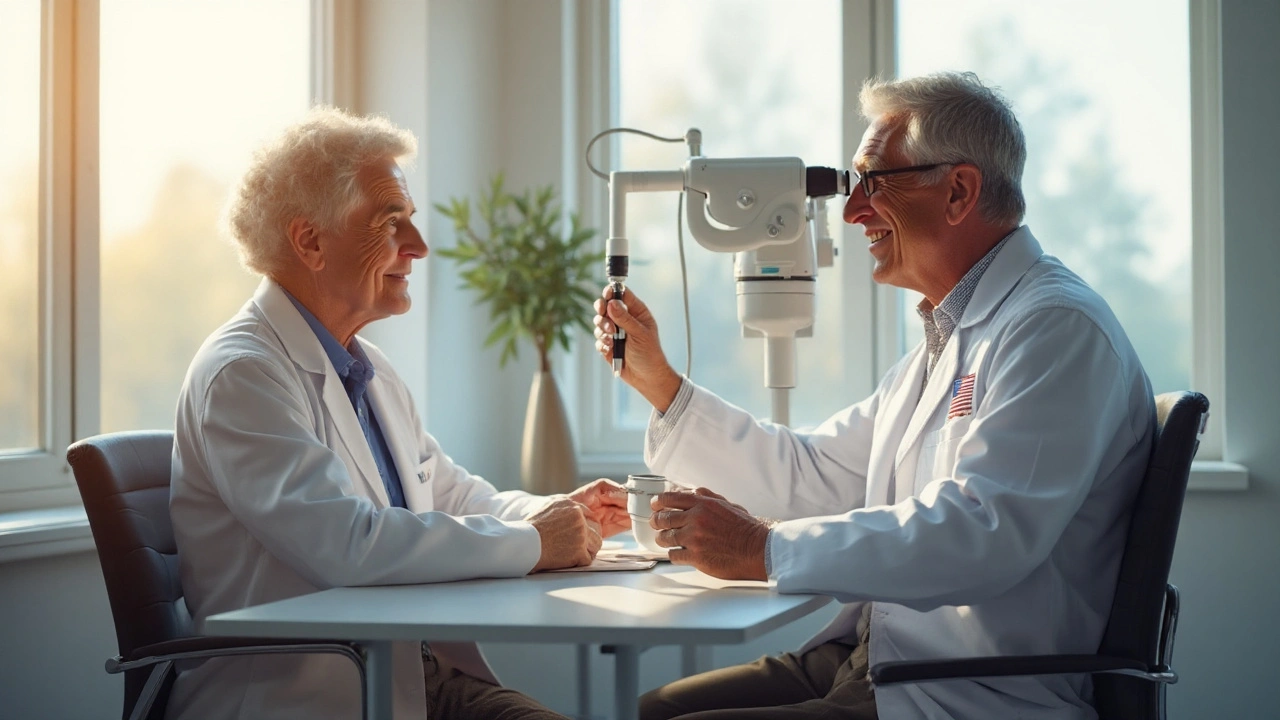

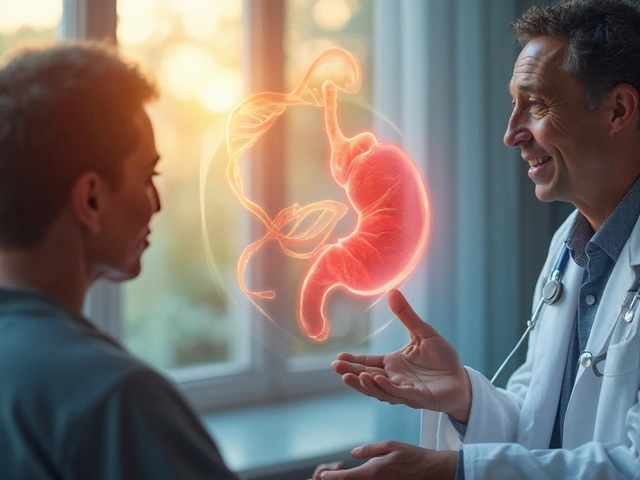
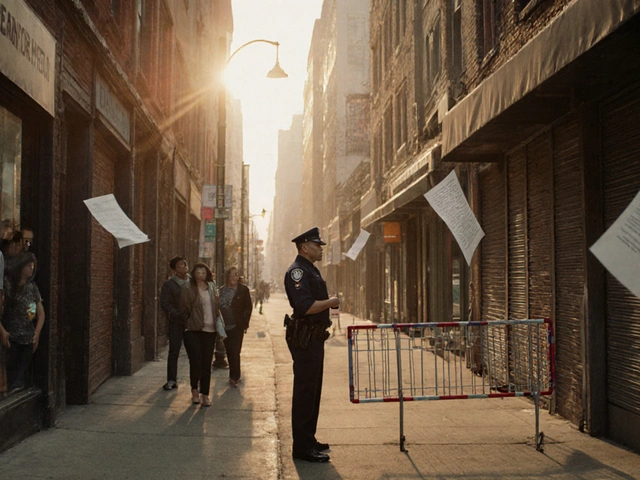
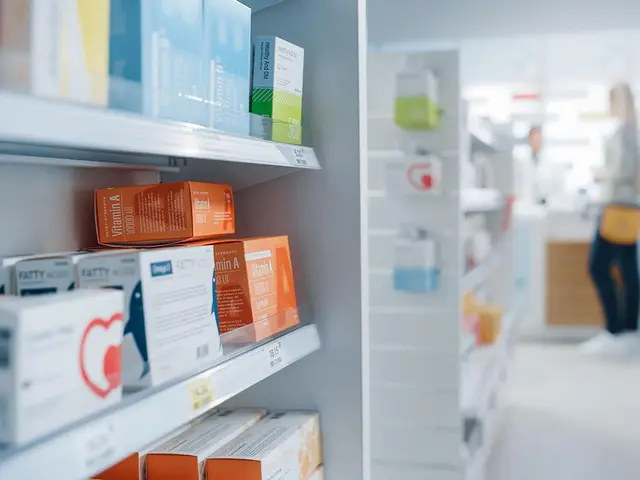
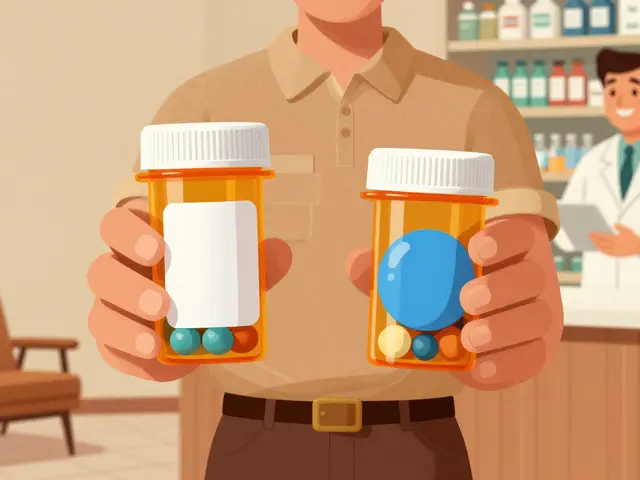

Jay Crowley
25 September 2025 - 00:44 AM
Great rundown on glaucoma and how everyday habits can keep eye pressure in check.
sharon rider
29 September 2025 - 21:24 PM
The interplay between intraocular pressure and lifestyle choices often mirrors broader health patterns, reminding us that preventive care is truly holistic.
swapnil gedam
4 October 2025 - 18:04 PM
I appreciate the detailed tables; they make it easier to compare costs. Also, the reminder about ANSI‑certified eyewear is spot‑on for anyone into DIY projects.
Michael Vincenzi
9 October 2025 - 14:44 PM
Totally agree-regular check‑ups are the cheap insurance policy we all need. If you can, schedule that six‑month visit before you forget.
Courage Nguluvhe
14 October 2025 - 11:24 AM
From a pathophysiological standpoint, the trabecular meshwork’s resistance is the pivotal bottleneck; augmenting outflow via prostaglandin analogs leverages the uveoscleral pathway efficiently.
Oliver Bishop
19 October 2025 - 08:04 AM
Nothing beats the American standard of eye care-our clinics have the latest laser tech, and the insurance coverage makes a big difference.
Alissa DeRouchie
24 October 2025 - 04:44 AM
Honestly this guide is overhyped its like another boring lecture but i guess some people actually need this info anyway
Emma Howard
29 October 2025 - 00:24 AM
Wow!!! This is exactly what I needed-clear, actionable steps!!! Let’s all grab some polycarbonate lenses and hit the gym!!!
dee gillette
2 November 2025 - 21:04 PM
While the recommendations are thorough, one could argue that the emphasis on medication overlooks emerging nutraceutical interventions.
Jasin P.
7 November 2025 - 17:44 PM
Sure, because dropping eye drops twice a day is exactly what everyone looks forward to after work.
Lily Đàn bà
12 November 2025 - 14:24 PM
Picture this: a dimly lit room, the shadows of failing vision creeping in, and you realize too late that you ignored the simplest preventative measures.
Joseph O'Sullivan
17 November 2025 - 11:04 AM
Yo, don’t be that guy who skips the goggles. One dumb hit and you’re in the hospital, no joke.
Conor McCandless
22 November 2025 - 07:44 AM
The guide does a solid job of summarizing the multifaceted approach needed to combat open‑angle glaucoma.
It starts with the fundamentals-recognizing that intraocular pressure is not just a number but a dynamic parameter influenced by countless variables.
Age, genetics, and ethnicity set the baseline risk, but lifestyle choices can tilt the balance either toward stability or decline.
Regular tonometry, as the article stresses, should become as routine as checking your blood pressure, especially after the age of forty.
The inclusion of pachymetry data is an excellent reminder that corneal thickness can mask true pressure readings, a nuance often missed in primary‑care settings.
When it comes to pharmacologic therapy, prostaglandin analogs remain the gold standard, yet patients should be counseled about potential side effects such as iris darkening and eyelash growth.
Laser trabeculoplasty offers a compelling middle ground-minimally invasive yet effective-though access to skilled laser operators can be uneven across regions.
I was particularly pleased to see the emphasis on aerobic exercise; studies consistently show a modest but meaningful IOP reduction after consistent cardio sessions.
Nutrition, too, deserves the spotlight: nutrients like lutein, zeaxanthin, and omega‑3 fatty acids support retinal resilience, adding another layer of protection.
The section on protective eyewear is more than a safety tip-it’s a public‑health imperative, especially for those engaged in high‑impact sports or trades.
ANSI Z87.1 certification isn’t just a label; it guarantees impact resistance and UV filtration that can stave off both acute trauma and chronic degeneration.
One practical takeaway is the checklist format-it turns a dense article into a daily habit guide that readers can tick off on their phones.
Moreover, the FAQ addresses common misconceptions, such as the myth that sunglasses alone can prevent glaucoma, clarifying that UV protection is adjunct rather than primary.
The guide could be further enriched by a brief discussion of emerging therapies like Rho‑kinase inhibitors, which are gaining traction in clinical trials.
Overall, the article strikes a balance between clinical rigor and layperson accessibility, making it a valuable resource for patients and caregivers alike.
If there’s any downside, it’s the inevitable information overload for someone newly diagnosed; however, the structured layout mitigates that risk substantially.
kat gee
27 November 2025 - 04:24 AM
Oh great, another reminder to wear goggles-because apparently we all love looking like astronauts.
Iain Clarke
2 December 2025 - 01:04 AM
If you’re unsure which ANSI‑certified lenses meet the standard, look for the Z87.1 marking on the frame or lens; retailers should be able to point it out quickly.
McKenna Baldock
6 December 2025 - 21:44 PM
Reflecting on the checklist, I find that integrating eye‑care into my weekly routine feels less like a chore and more like a mindfulness practice, aligning well with broader health goals.
Roger Wing
11 December 2025 - 18:24 PM
They don’t want you to know that the big pharma push for eye drops is just a cash grab and that natural pressure‑lowering methods are being hidden
Matt Cress
16 December 2025 - 15:04 PM
Sure, just pop those drops and expect your eyes to miraculously cure, as if it’s that easy lol
Andy Williams
21 December 2025 - 11:44 AM
Prostaglandin analogs remain the first‑line therapy for most patients.
Paige Crippen
26 December 2025 - 08:24 AM
While the statistics seem solid, some studies have been funded by manufacturers, so it’s worth keeping a critical eye on the data.